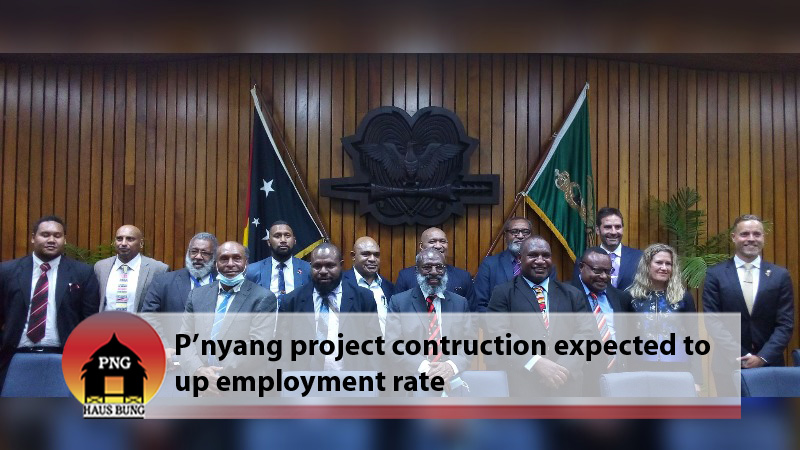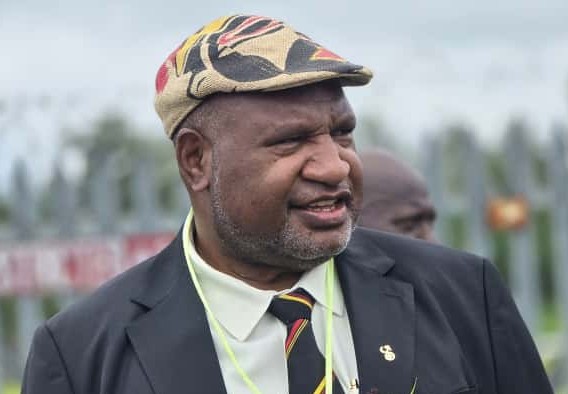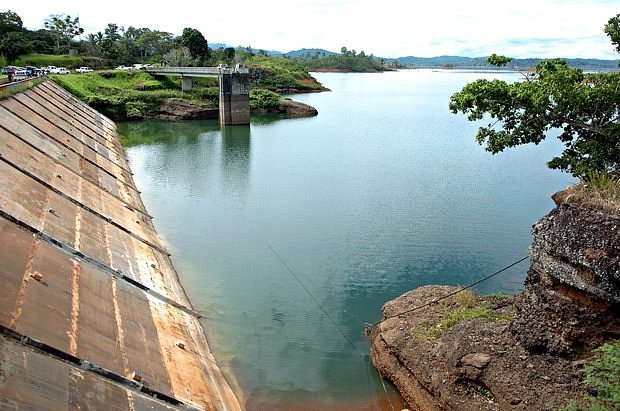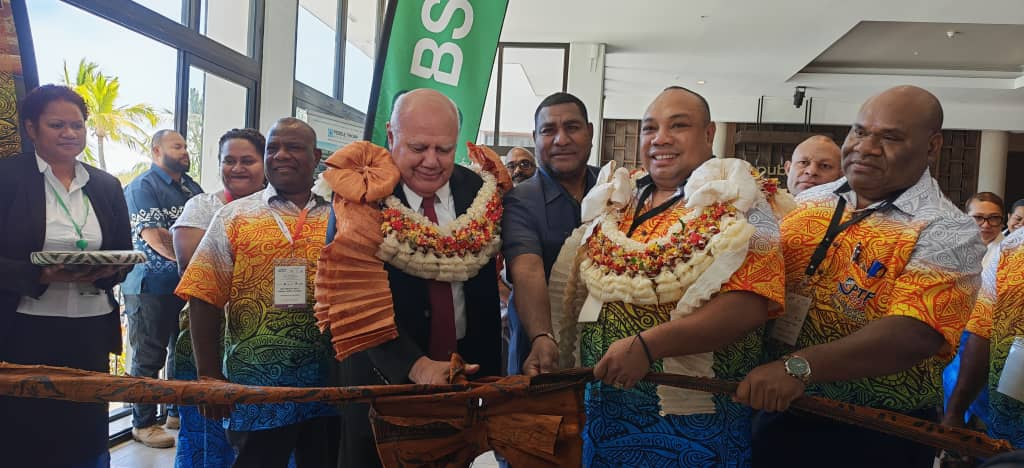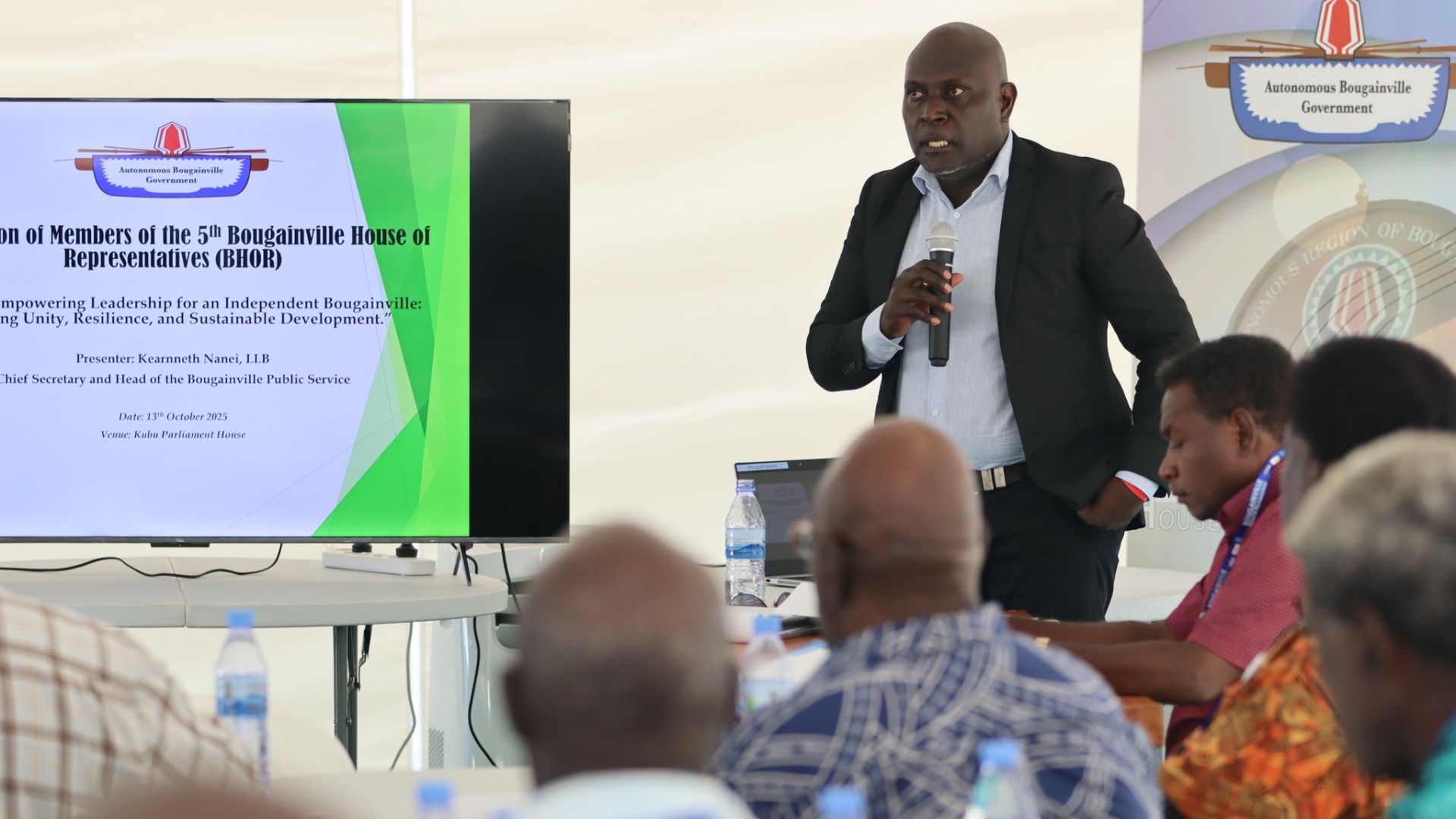The construction phase of any major project, including resource projects, is a time where jobs are created, training provided and even huge lump- sum of cash flow, something that will boosts the economy of the country.
That is why the government and its State Negotiating Team (SNT) pushed to have the P’nyang gas project to run in line with the construction phase of the Papua LNG project, before the agreement was eventually signed this week with ExxonMobil, Santos and JX Nippon, the developers of the project.
Prime Minister (PM) James Marape said the past construction phase of the PNG LNG project has shown that to be true.
“When PNG LNG was signed in 2008 our economy was just over 30 billion Kina when we signed the project gas agreement. In 2014 before the first gas, our economy went past the 57 billion Kina space,” he said.
“So, there is a direct correlation to the benefit to our local economy in as far as construction activity is concerned. Just a four-year construction period from 2010 to 2014, we saw our economy grew by sixty to seventy per cent.”
“Our intention in this one to sequence Papua LNG and P’nyang side by side or back-to-back, is for us to have eight years of construction in our country that should run from 2024 to 2032. That in our view will have positive effect in our economy in a very big way as we go forward.”
Marape said the earlier concept of P’nyang project was a stand- alone third train project, but today with the sequencing of P’nyang, it moves away from a new train project. Instead, it will feed P’nyang into the current PNG LNG infrastructure, meaning that it will be using the current LNG trains at the PNG LNG plant site.
“It technically gives Papua New Guinea gas producing ability right from where we are today right up into 2050 or 2060,” added Marape.
The P’nyang project would provide some four years of additional construction activity after Papua LNG, with this multi-billion Kina investment driving continued economic growth for the nation as well as provinces involved in the project.
